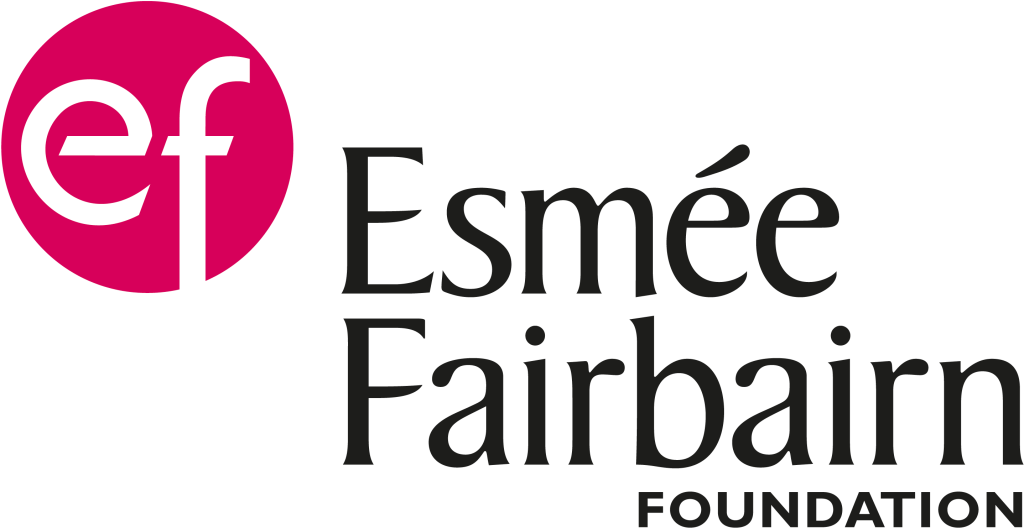The largest religious group in Bradford is Christian, making up 33.4% of the population. This is followed closely by Muslims, who make up 30.5% of the population. There is also a significant number of people in Bradford who identify as having no religion, making up 28.2% of the total population.
Figure 3: Religion figures for Bradford, Yorkshire and The Humber and England

The chart compares rates of religion for Bradford, Yorkshire and The Humber and England. Fewer people identify as Christian in Bradford than the comparator areas, down from 45.9% of Bradford identifying as Christian as of the
2011 census.8
30.5% of the population identify as Muslim, up from 24.7% in 2011, much higher than for Yorkshire and the Humber and England.
Source: 2021 Census data, ONS












